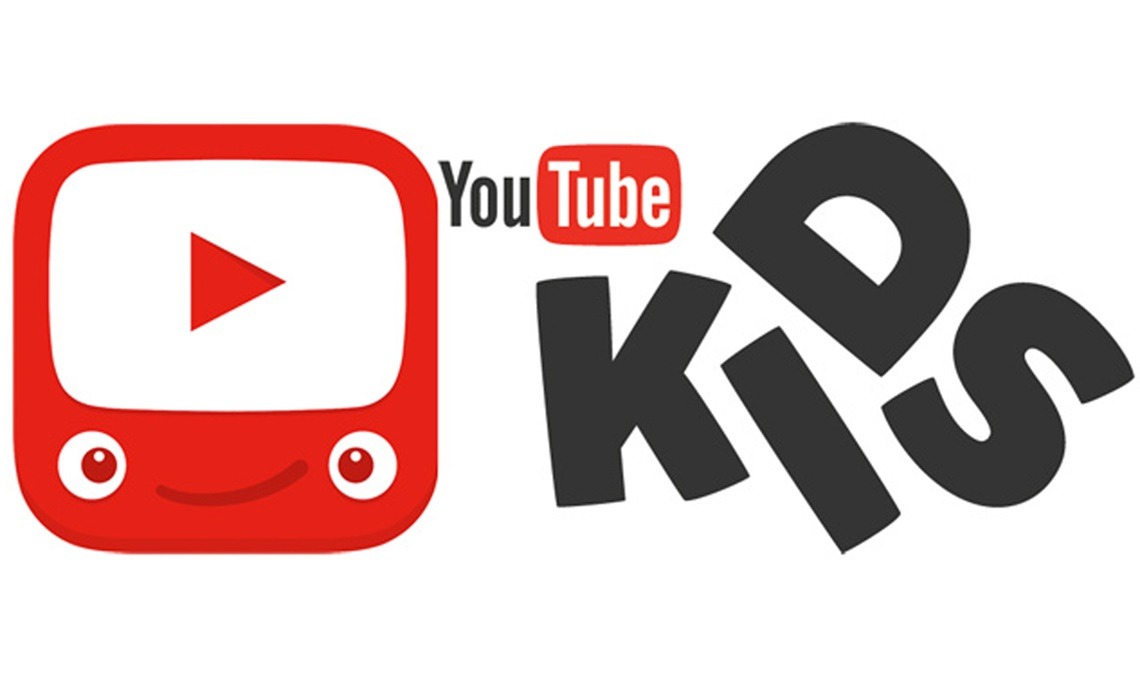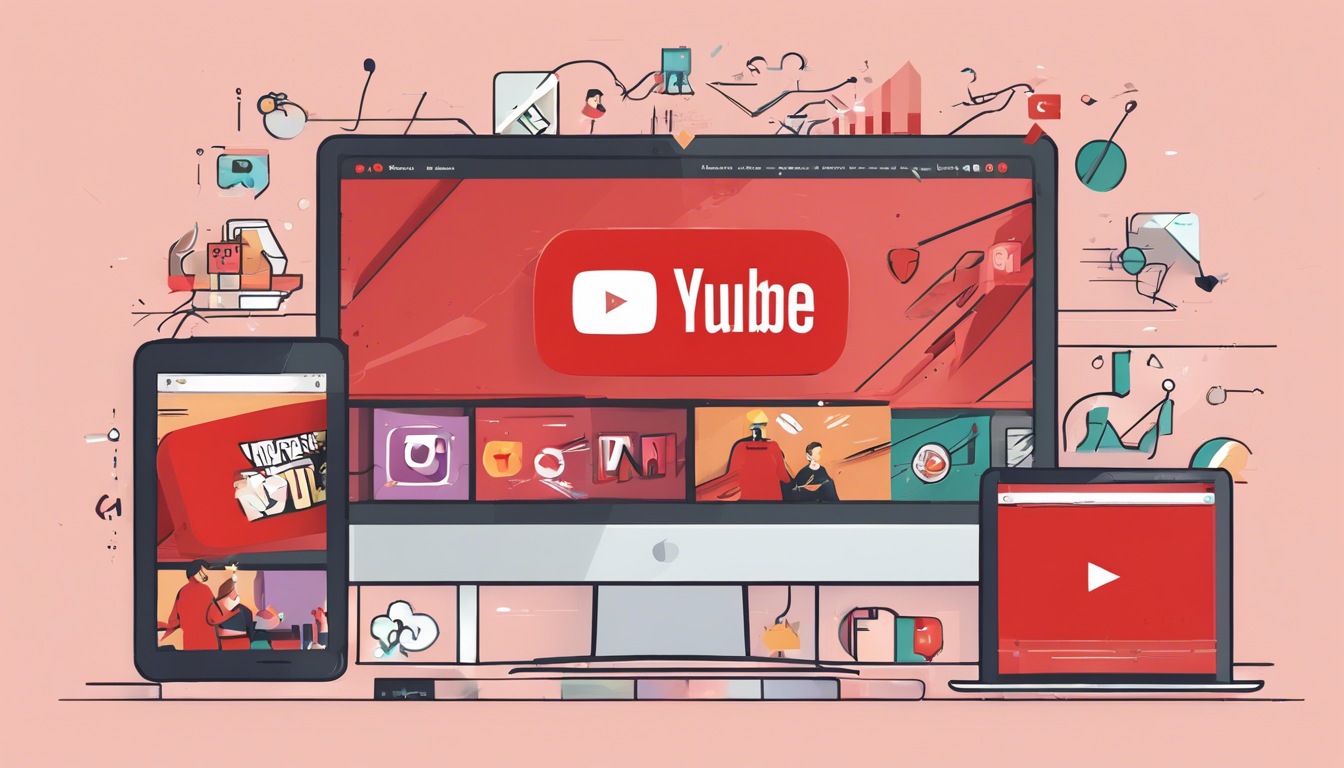As the fight of the content formats goes on – which one is the winner – the video or the text? The manner in which we get information keeps changing at an increasing rate. Among them, some people admire the impact of video, while others still believe that text is the safest way to communicate the most amount of information in detail. Hence, the question is which one is more beneficial for your brand’s marketing purpose?
The answer might surprise you. It’s not a case of either-or; both the mediums have a strong side, and they differ in how they relate to the audience; however, the question still lingers till today. Here’s why both deserve a spot in your content strategy:
The Rise of Video Content

The popularity of video content can be attributed to a number of factors, which include the spread of social media platforms and the availability of high-end video equipment. The video is now a vital part of how we keep up with and share our news; this is due to platforms such as YouTube, TikTok, and Instagram which have revolutionized how we consume and share content through video.
The Power of Visuals and Storytelling can be illustrated as an easy way to transmit information from a person through observation and having one’s attention captured in the given story.
One of the biggest reasons why videos became popular is that content which uses visuals, and storytelling techniques that can really get the attention of the audience. Video permits the content creators to involve the readers emotionally, giving them the ability to communicate numerous different ideas and stories in a more interesting manner than the written word. The true power of movies emerges when you combine several things, such as moving images, sound, and music that eventually provide viewers with multi-sensory experiences hitting them in their subconscious levels.
Increased Engagement and Shareability
Additionally, video has the ability to boost interaction and distribution by its nature. Among others, videos have a higher likelihood to be shared on social media platforms than other types of content, therefore, the exposure and virality of such content gets increased. Moreover, videos have higher engagement rate than text-based stories due to the fact that the story has more visibility to the viewer and hold their attention for a longer time.
The Accessibility Factor
Videos are also easily understandable by a broader audience. Smartphones and handheld gadgets have become quintessential today, becoming the go-to device for consuming video content. This enables people to watch videos while virtually anywhere, making it a convenient and flexible medium. Furthermore, it can be used to get over any language barriers, thus giving it a vital power to communicate to a global audience.
The Challenges of Video Production

If your video is low-quality or poorly executed, it can ruin your brand’s reputation. The sales pages of spammy websites are generally crammed with low-quality movies. Here is how your video marketing strategy can go wrong if not executed properly.
1. When a video is too long, it can become distracting
Nearly 20% of viewers will quit a video clip within the first 10 seconds of its playback. Furthermore, even if a person can watch the entire film, they may be utilizing mobile data and might not want to consume all of their available bandwidth.
2. Autoplay ads can be frustrating
If prospects and customers frequent your website and are greeted with a video ad, it may make their experience unpleasant. As a result, the bounce rate of your website may rise.
Despite the impending video takeover, writers should relax. Written content is a viable alternative for companies looking to enter the content sector. Instead, firms should choose the best medium for communicating with their target audiences based on the latter’s demographics. Writers should not get too comfortable either. Written content may be overtaken by video, forcing authors to adapt.
The Enduring Power of Written Content

While video content has undoubtedly gained significant traction, written content remains a powerful and indispensable medium with its own unique advantages.
The Depth and Nuance of Written Words
Written content allows for a depth and nuance that can be challenging to convey through video alone. Complex topics, intricate arguments, and detailed explanations can be explored more thoroughly in written form, providing readers with a comprehensive understanding of the subject matter.
The Flexibility of Written Content
Written content is also highly flexible and adaptable. It can be consumed at the reader’s pace, allowing for better comprehension and retention of information. Additionally, written content is more easily searchable and can be repurposed across multiple platforms and formats, making it a valuable asset for content creators and marketers.
The Cost-Effectiveness of Written Content
Compared to video production, creating written content can be more cost-effective, especially for smaller businesses or individuals with limited resources. While high-quality writing still requires skill and effort, the overhead costs are generally lower, making it a more accessible option for many content creators.
The Importance of Search Engine Optimization (SEO)
In the digital landscape, search engine optimization (SEO) is a critical factor for content visibility and discoverability. Written content has a distinct advantage in this regard, as search engines heavily rely on textual content to index and rank web pages. Well-optimized written content can significantly improve a website’s search engine rankings, driving organic traffic and increasing visibility.
The Challenges of Written Content
This section discusses a few disadvantages of written content in digital marketing today.
1. Text over-saturation on the web
Written content is vital in any marketing plan, but it is not the be-all and end-all. The internet is over-saturated with the amount of text available on the internet. The majority of businesses have blogs (or, at the very least, websites) and social media profiles.
Written content relies on high-quality material and thorough SEO research to be successful. But given the sheer competitiveness of the market, you have to be extraordinarily creative to actually stand out.
2. It is less appealing than video
Videos have an undeniable aesthetic value. Consumers generally prefer video to articles since it is more engaging. Images and infographics can help your content stand out, but they’re no substitute for well-produced videos.
3. Reading isn’t for everyone
Nobody can make some individuals read if they don’t want to. Because consumers are more likely to click on a video than an article, video material is more suited for major announcements than writing. Because people’s attention spans have shrunk, visuals are more enticing than words these days.
The Symbiotic Relationship: Video and Written Content Combined
While the debate between video content and written content often portrays them as competing mediums, the truth is that they can complement each other in powerful ways. The most effective content strategies often combine the strengths of both mediums, creating a symbiotic relationship that enhances the overall user experience.
Video Content Enhancing Written Content
Video content can be used to supplement and enrich written content, providing visual aids, demonstrations, or interviews that make complex topics more accessible and engaging. For example, a written blog post on a technical subject can be accompanied by a video tutorial, offering readers a multimedia learning experience.
Written Content Supporting Video Content
Conversely, written content can provide valuable context, background information, and detailed explanations for video content. Video descriptions, transcripts, and complementary blog posts can help viewers better understand and retain the information presented in the video.
The Power of Integrated Content Strategies
By integrating video and written content, businesses and creators can cater to different learning styles and preferences, while also improving their overall content discoverability and engagement. A well-rounded content strategy that leverages the strengths of both mediums can lead to increased brand awareness, audience loyalty, and ultimately, better business outcomes.

The Future of Content: A Blended Approach
As technology continues to evolve, the lines between video and written content are likely to blur even further. Emerging technologies such as virtual reality (VR), augmented reality (AR), and interactive storytelling platforms are paving the way for new content experiences that seamlessly blend visuals, text, and interactive elements.
The Rise of Interactive Content Interactive content, which combines elements of video, text, and user engagement, is gaining momentum as audiences demand more immersive and personalized experiences. Interactive videos, gamified content, and choose-your-own-adventure narratives are just a few examples of how content creators are pushing the boundaries of traditional formats.
The Importance of Accessibility and Inclusivity As content consumption patterns continue to diversify, it becomes increasingly important for creators and businesses to prioritize accessibility and inclusivity. This means ensuring that both video and written content are optimized for different devices, platforms, and user preferences, while also considering the needs of individuals with disabilities or language barriers.
The Role of Artificial Intelligence (AI) Artificial intelligence (AI) is also poised to play a significant role in the future of content creation and distribution. AI-powered tools can assist in tasks such as video editing, transcription, and content optimization, streamlining the production process and enabling creators to focus on creativity and storytelling.
Conclusion
So, is video content better than written content? There is no set answer to this question. Whether you generate written, audio, or video material, it should be done for the right reasons. And while the debate of written content vs. video content may continue, we believe both can help you win big, if executed at the right time and at the right place.






